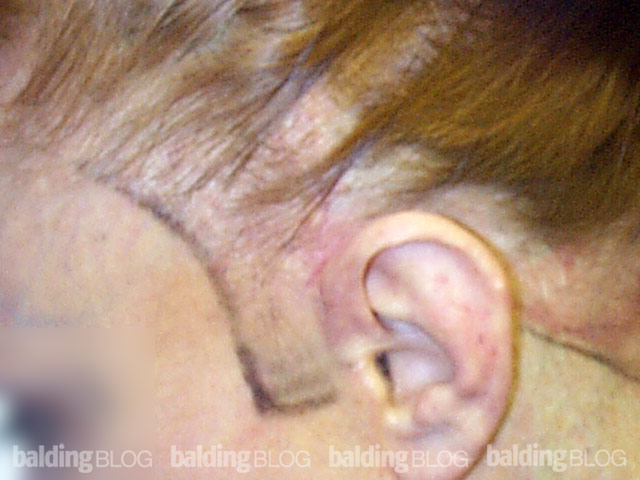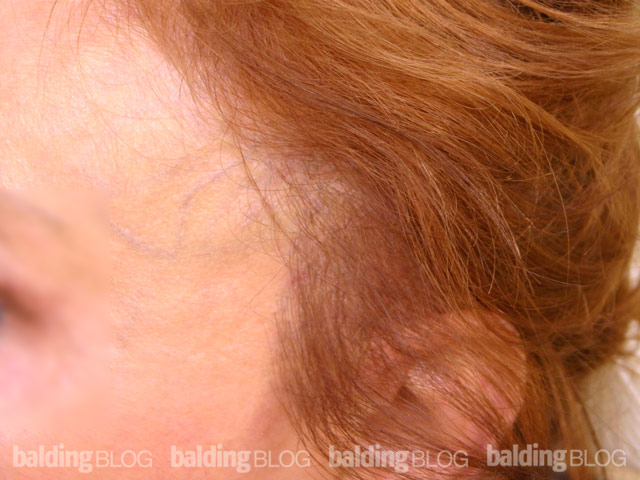Hi, Dr. Rasman I am a 22 year old Korean male that is confused whether I am suffering from a maturing hairline or male pattern baldness receding hairline. Everytime I take a shower and put my hands through my hair there is usually 2-5 strands of hair in my hands. This is especially the case towards the front of my hairline and occasionally the back. This depresses me a lot in the fact that I used to value my nice long soft hair as a teen and now feel unattractive that I can’t pull it off anymore. Many wouldn’t realize that I’m losing hair and just think I look older or have a big forehead. I was wondering if there is such thing as a touch up hair transplantation and if I could be a candidate. Although I know I shouldn’t let it bother me too much, it does do quite a damage to my self-esteem. Thank you and appreciate your help!
Can you email me pictures of your hairline and forehead with your eyebrows lifted high? Generally the youthful hairline touches the highest crease of the wrinkled brow. The mature hairline usually goes up by about 1/2 – 2/3rd of an inch in Caucasian males. Asians have slightly different maturing patterns, particularly with regard to the shape of the hairline, which is flat rather than receeded. You should be evaluated by an expert and as you are a Los Angeles resident, I welcome a visit to my office to help you with this problem. I will also map out your hair for miniaturization and see if any balding is evident today.
At the age of 22, I would not rush to get a transplant. Touch up transplants are like being partly pregnant (metaphorically speaking) — it is not a good idea. Starting a hair transplant process at your age may ‘hook’ you too early and make little sense to reasonable Master Plan for your future hair loss.
![]()
![]()
Paid advertisements (not an endorsement):




